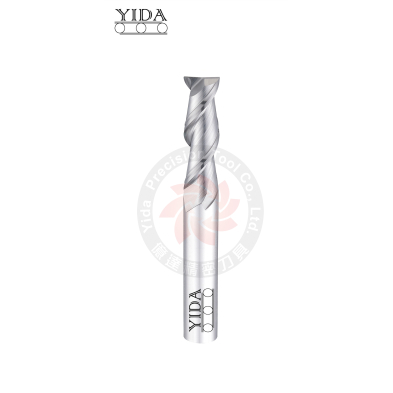Aluminum is a widely used material in various industries due to its lightweight, corrosion resistance, and excellent machinability. However, when it comes to milling aluminum, choosing the right end mill is crucial for achieving optimal results and prolonging tool life. This article will guide you through the essential factors to consider when selecting the ideal end mill for aluminum.

The first factor to consider is the material of the end mill. For aluminum machining, carbide end mills are highly recommended due to their superior wear resistance, thermal stability, and rigidity compared to high-speed steel (HSS) or cobalt end mills. Carbide end mills also provide longer tool life and faster cutting speeds, which can increase productivity and reduce overall costs.
While uncoated end mills can work well with aluminum, adding a coating to the end mill can significantly improve performance and extend tool life. Common coatings for aluminum include:
End mill geometry plays a crucial role in determining the cutting performance and tool life when machining aluminum. Key geometric features to consider include:
Choosing the appropriate tool diameter and length is crucial for achieving the desired results when milling aluminum. Larger diameter end mills provide increased rigidity and reduced deflection, which can improve surface finish and extend tool life. However, larger tools may also require slower cutting speeds and generate higher cutting forces.
When it comes to tool length, opt for the shortest tool possible to minimize tool deflection and vibration, as these factors can negatively impact surface finish and tool life. Keep in mind that the length-to-diameter ratio should not exceed 4:1 to maintain stability during machining.
Effective chip management is essential when milling aluminum to prevent chip re-cutting and built-up edge formation. Look for end mills with features designed to enhance chip evacuation, such as polished flutes, variable helix designs, or chip-breaking features.
Conclusion
Choosing the right end mill for aluminum is vital for achieving optimal machining results and extending tool life. By considering factors such as material, coatings, geometry, tool diameter, and chip management, you can select the best end mill for your specific aluminum milling applications. YIDA Precision Tools Co., Ltd. offers a wide range of high-quality end mills designed for aluminum machining, ensuring that you find the perfect tool to meet your needs.